The Marylhurst School Takes a Unique Approach to Middle School
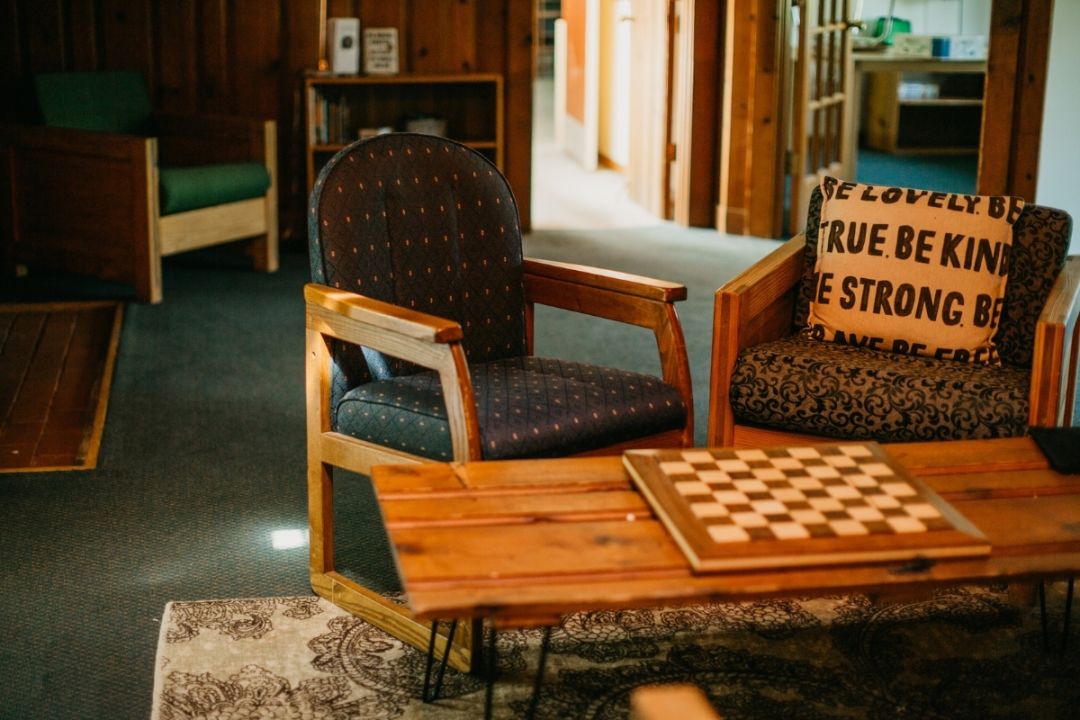
At The Marylhurst School, we work to create an authentic learning environment, one in which the middle-school-aged child is actively engaged. We embrace their unique questions and curiosities and take extended periods of time to complete multi-disciplinary projects that connect their academic studies to real-world experiences. This fall, our middle schoolers spent considerable time becoming experts on the geology of Oregon.
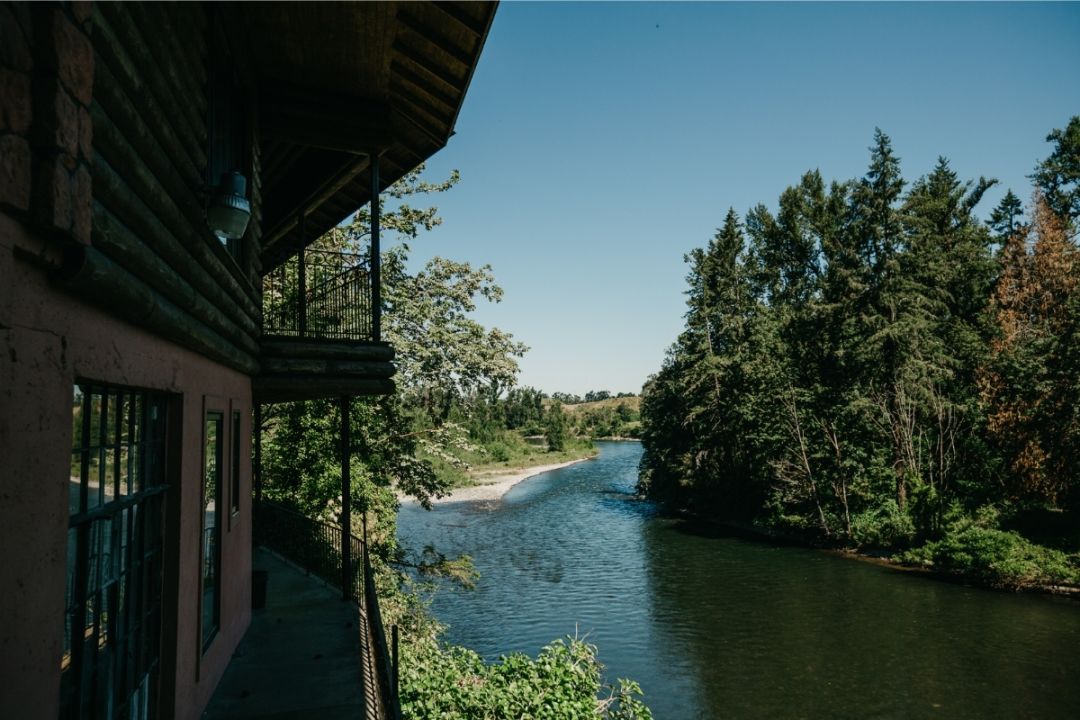
Before beginning their exploration of geology, the students spent part of their fall term learning about Charles Darwin’s theory of evolution. Over the summer each student read The Tree of Life by Peter Sis. This book provided historical context for pondering the question, “Why did Darwin’s theories take hold when they did?” Middle schoolers identified those who supported this groundbreaking theory and those who were in opposition, and the intent behind each point of view. In social studies, students spent considerable time researching and learning from the Darwin Correspondence Project. They created timelines of prominent individuals involved in the heated debates surrounding the release of Darwin’s On the Origin of Species by Means of Natural Selection. This was an explosive time in history, one of rapid scientific advancement, cultural shifts, and social discord. The students naturally begin to ask how this compares to their own current world understanding. After spending time contemplating the social context of this important scientific discovery, students dove into the theory itself: evolution, fossil records, and the understanding of deep time by reading the rocks.
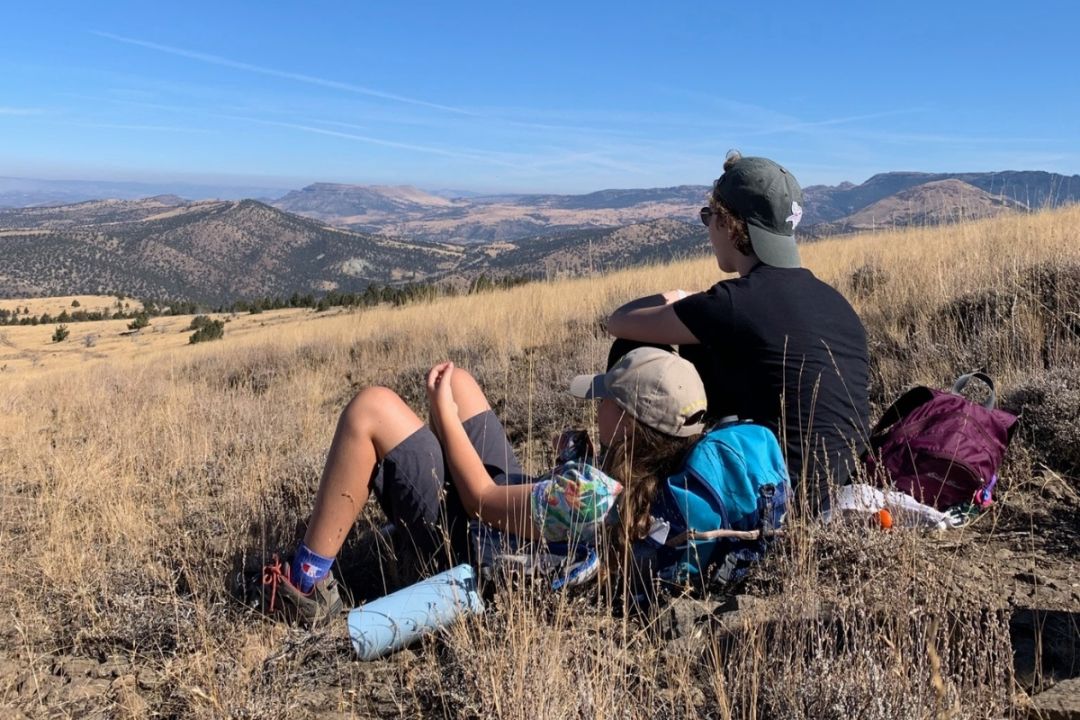
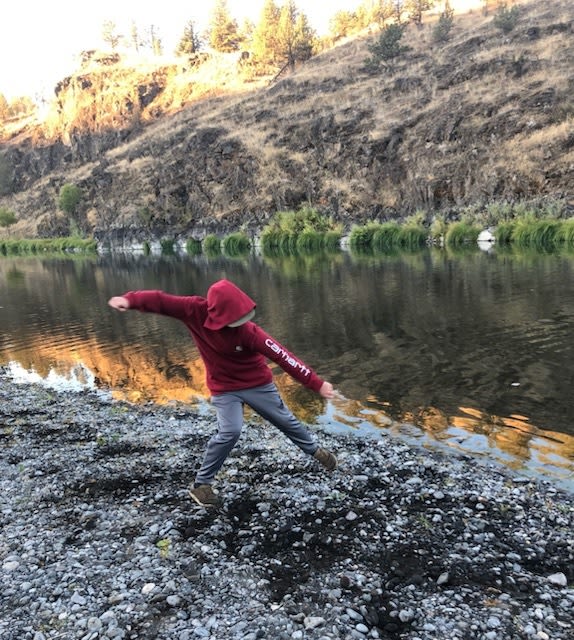
After a few weeks of studying Oregon geology in the classroom, we headed out to camp for four days in the John Day area. Here we fully immerse ourselves in real world science. Hiking through Blue Basin and the Clarno Unit allowed students to actively explore evidence of continuous volcanic activity and the erosion of ancient riverbeds. While observing and sketching the layers of the Painted Hills, students began to understand the changing climate over time. Visiting other area museums, and summiting Sutton Mountain, wove in other perspectives. This real-world field work cannot be replicated in a classroom and was fundamental to the work ahead.
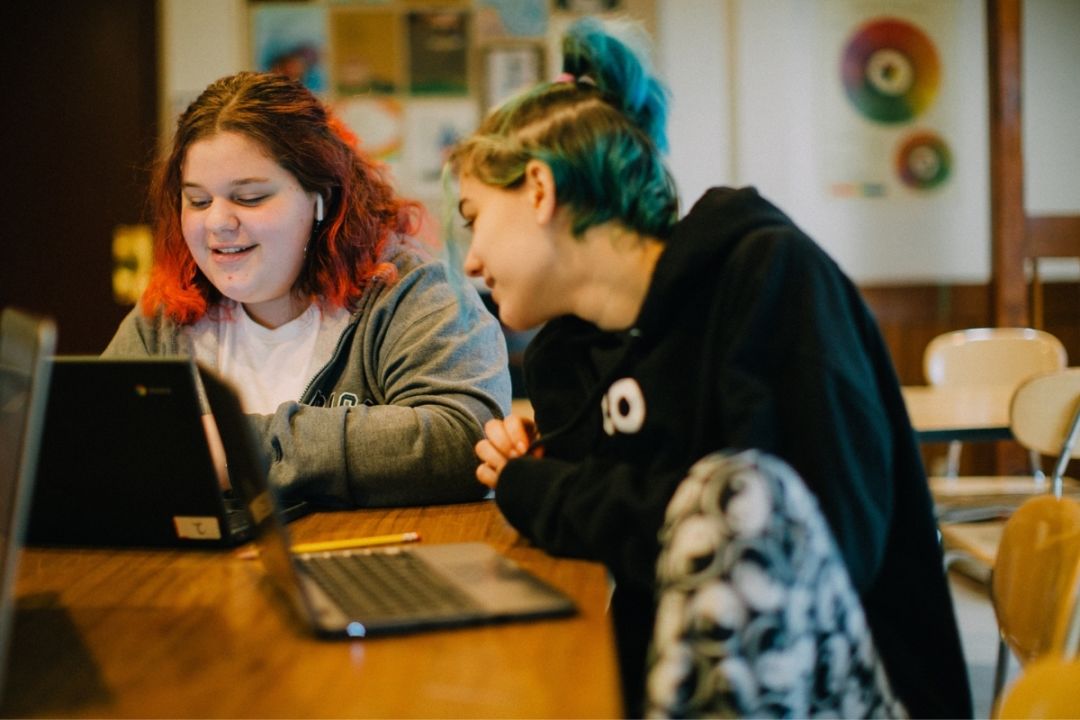
Upon our return to campus, students dove into a deep study of the bedrock of Oregon. This was done across disciplines, with an emphasis on using the arts to reflect complex ideas. Using the website Oregon: A Geologic History, students became experts on the active geological history of Oregon. These areas of expertise ranged from the arrival of the Yellowstone hotspot, the pluvial lakes, which were once inland seas, the Ice Age floods, to the cataclysmic explosion of Mt. Mazama. Each of these complex scientific ideas were rendered artistically through the mediums of watercolor and gouache. This demanded an understanding of the complex geological forces in both human and Earth times.
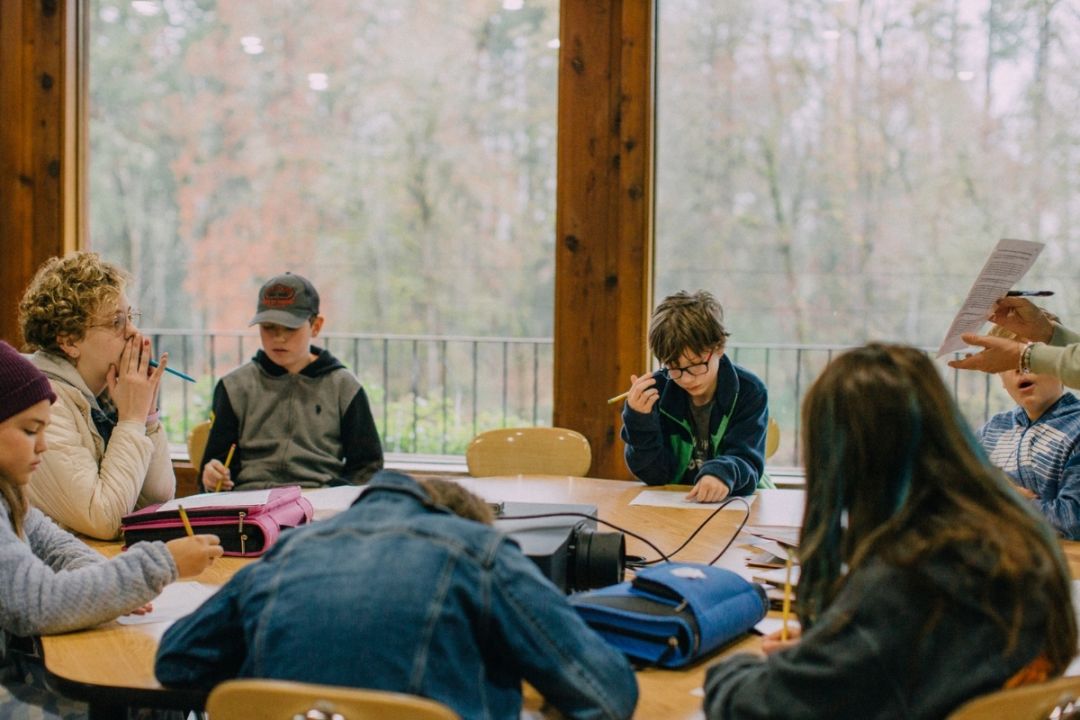
The middle schoolers created a reference book titled Oregon Geopedia, inspired by Geopedia: A Brief Compendium of Geologic Curiosities by Marcia Bjornerud. In science, students did extensive research on terms related to the geologic creation of each unit and selected a conceptual idea to manifest using a block print. These beautiful prints illustrate the pages of their final work. Alongside this work middle schoolers had time to reflect, writing often. The practice of deep observation of the world yields exceptional insight. Finally, the students created a hands-on museum to share with younger students. Their ability to teach others was an authentic assessment of understanding.
The Marylhurst Middle School is unique in its philosophical approach to student learning. This is reflected in our thematic approach to cross discipline learning. We value long stretches of time and cooperation over rigid schedules. We ask students to think scientifically and render beautiful works of art-- often at the same moment. We value conversation and partnership, and real-world experiences. These practices support authentic learning in truly engaging ways where the middle school aged child can apply new skills in and across a multitude of disciplines. The study of deep time during these middle years, when the work of finding self is so vital, provides a sense of place and connection-- and wonder. Fundamentally, that is the purpose of teaching.
Learn more at our Open House on Jan 28th - RSVP Here
